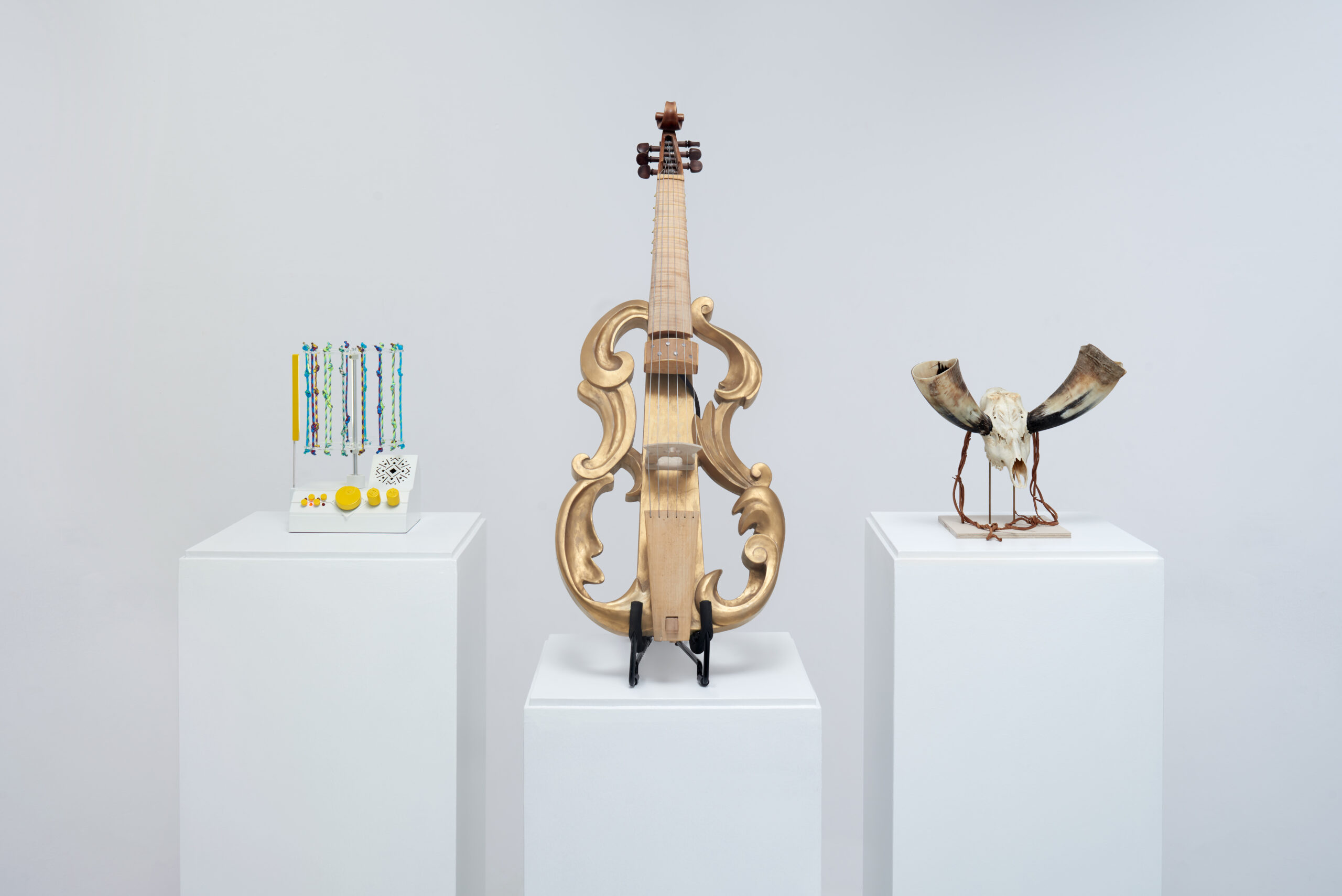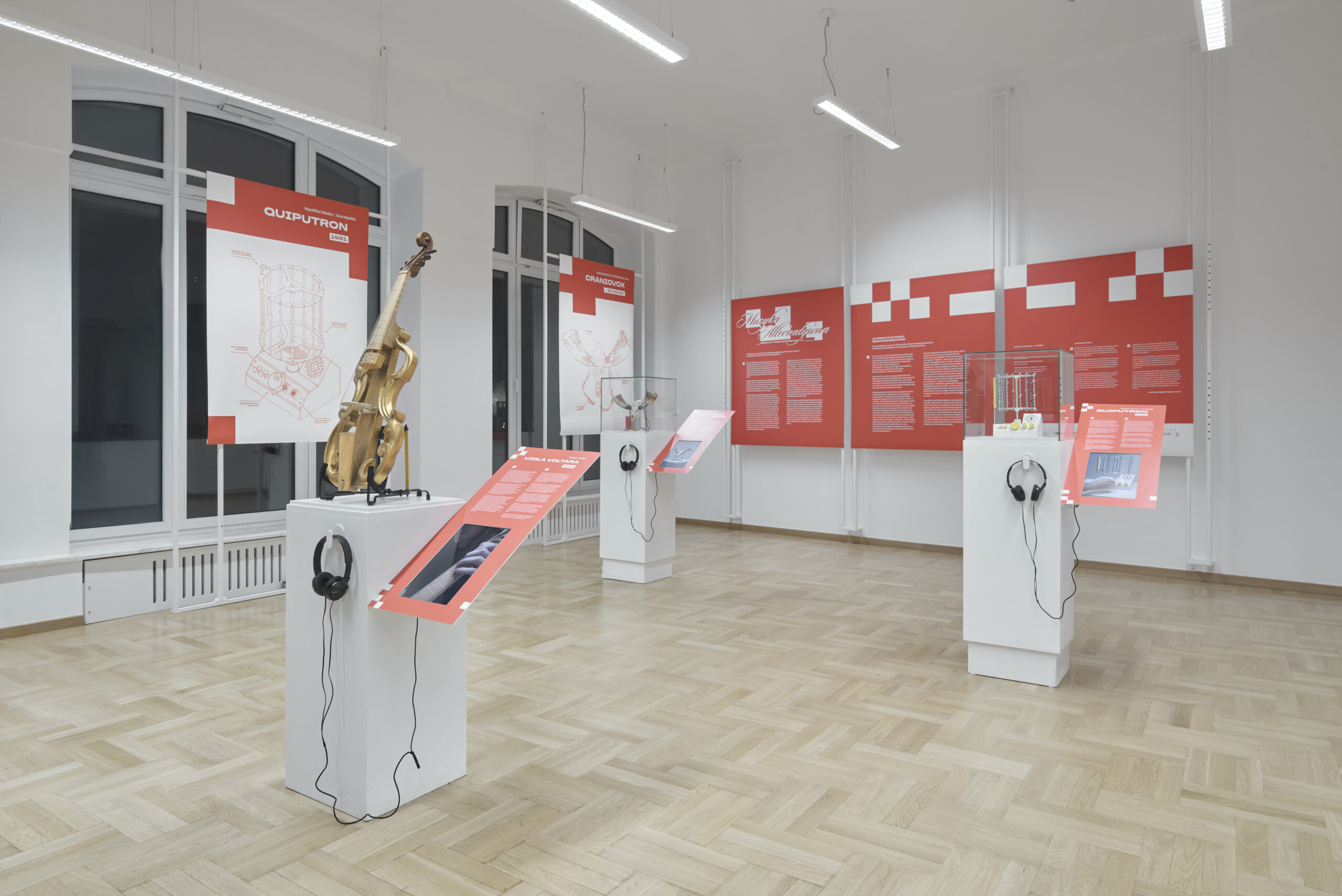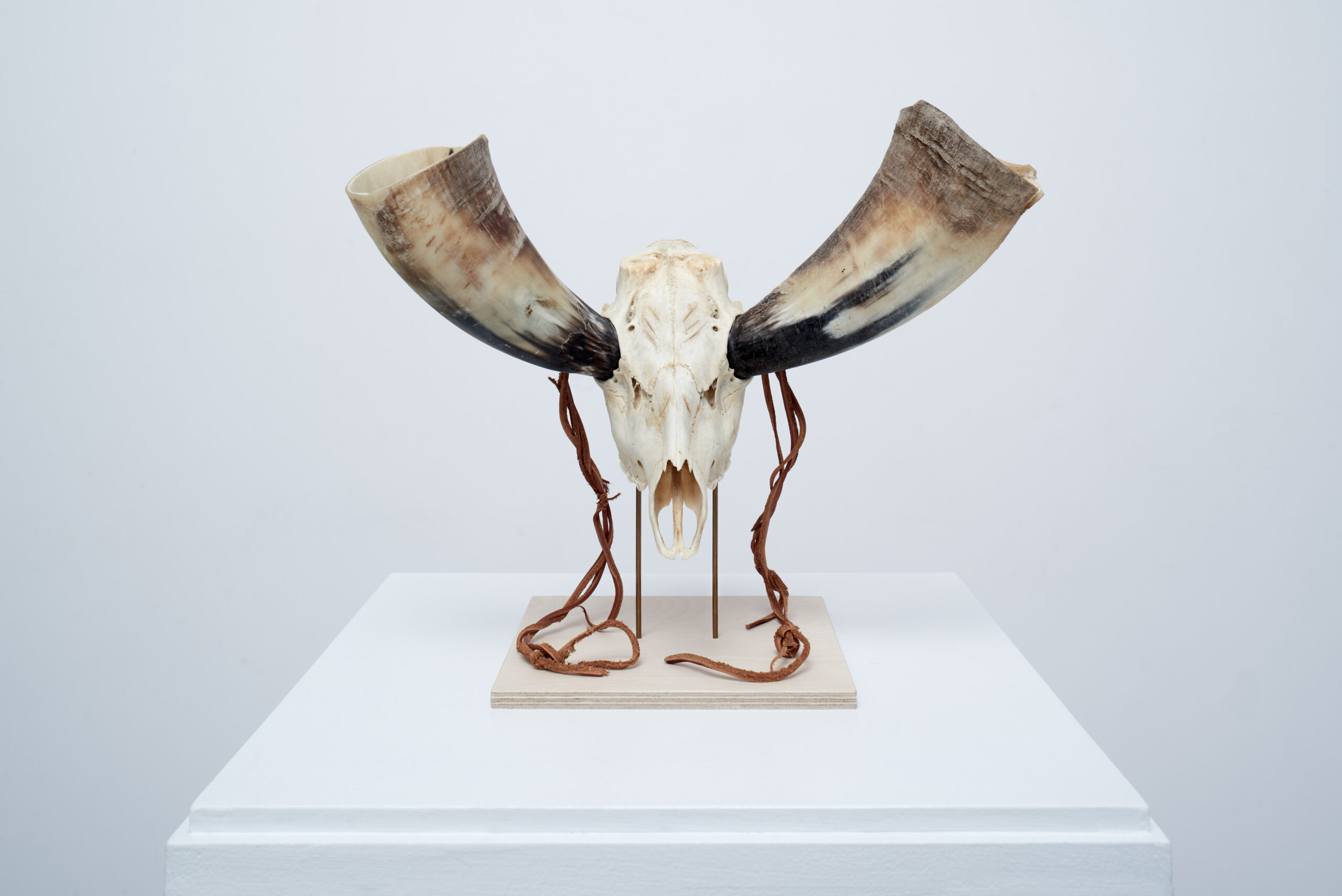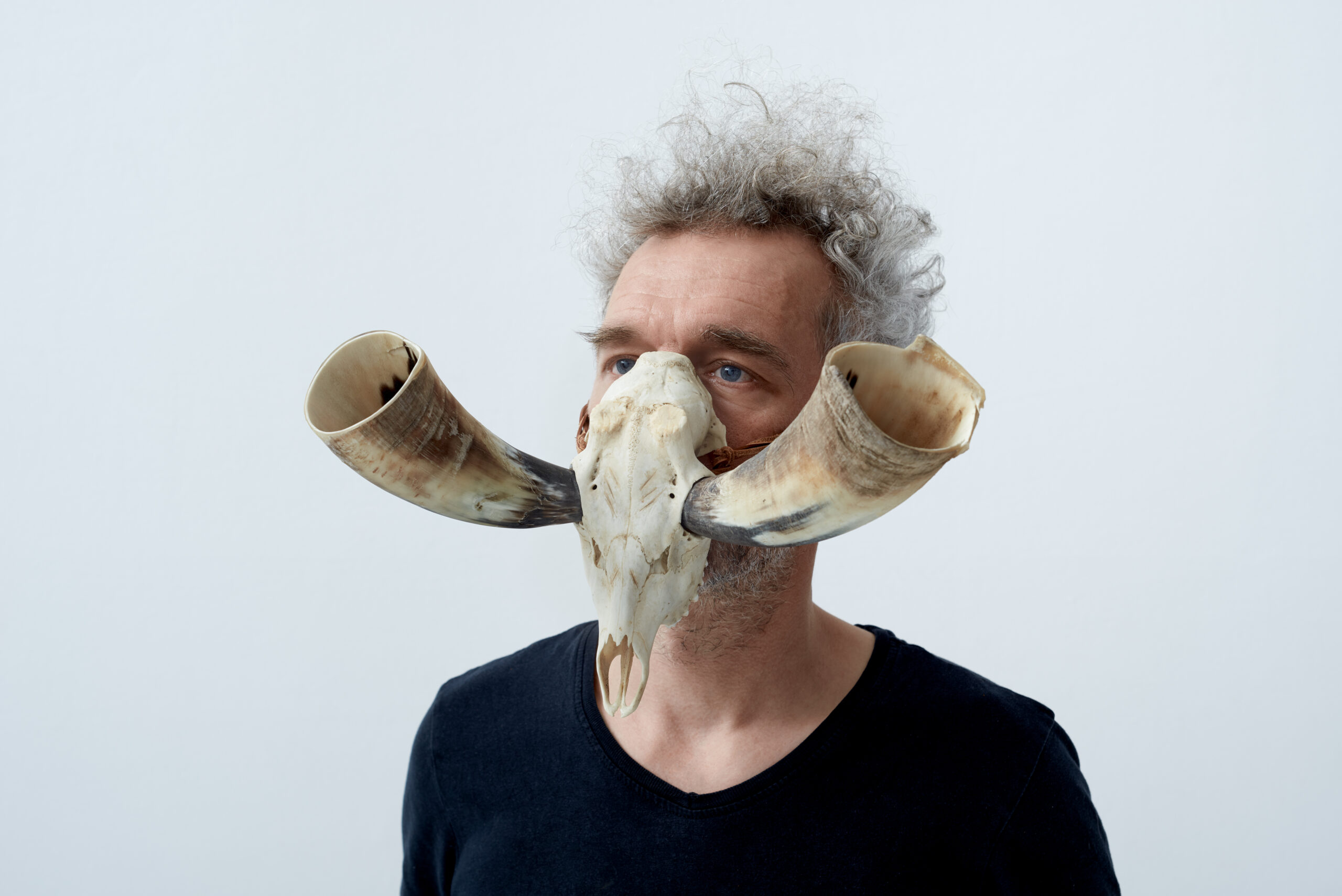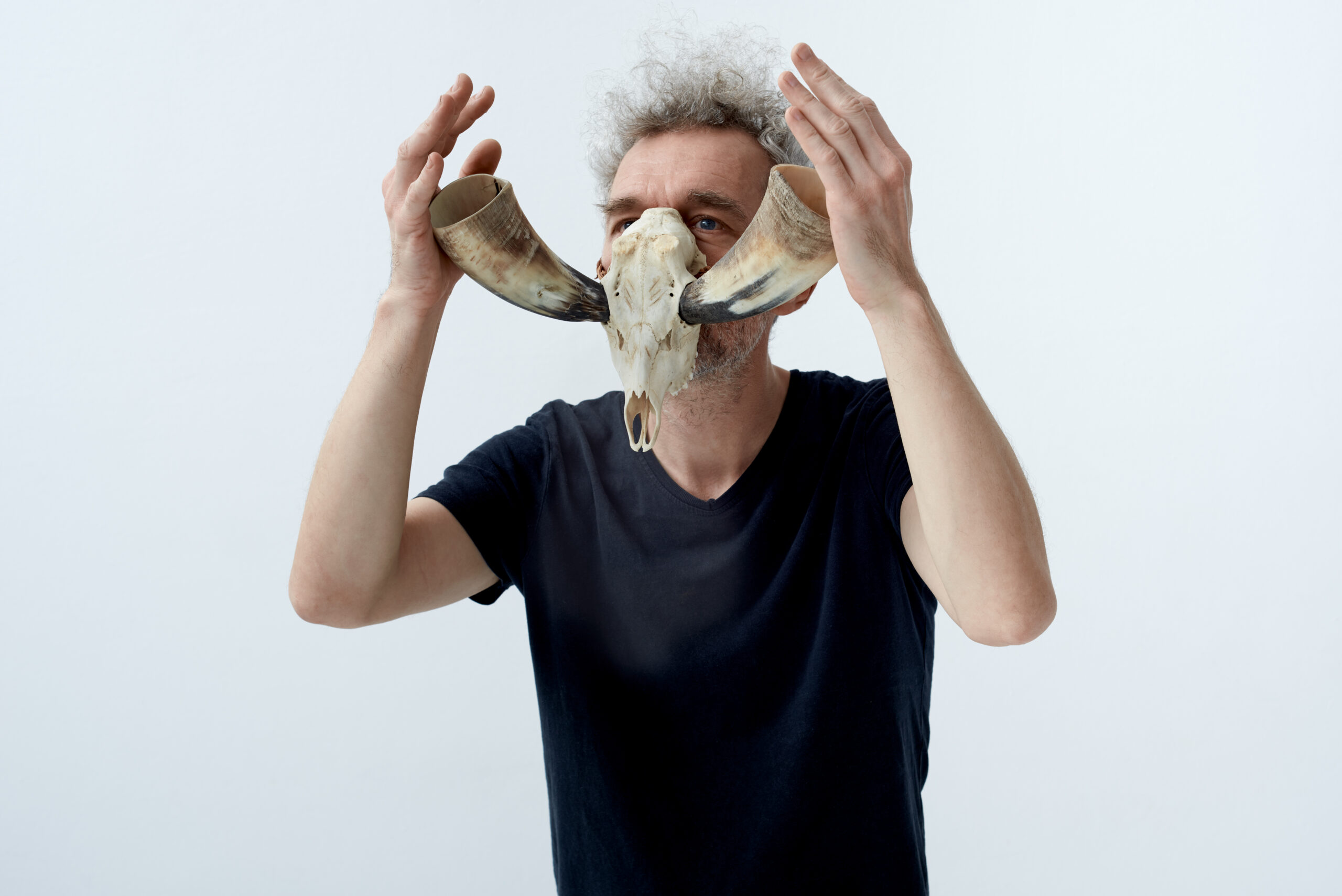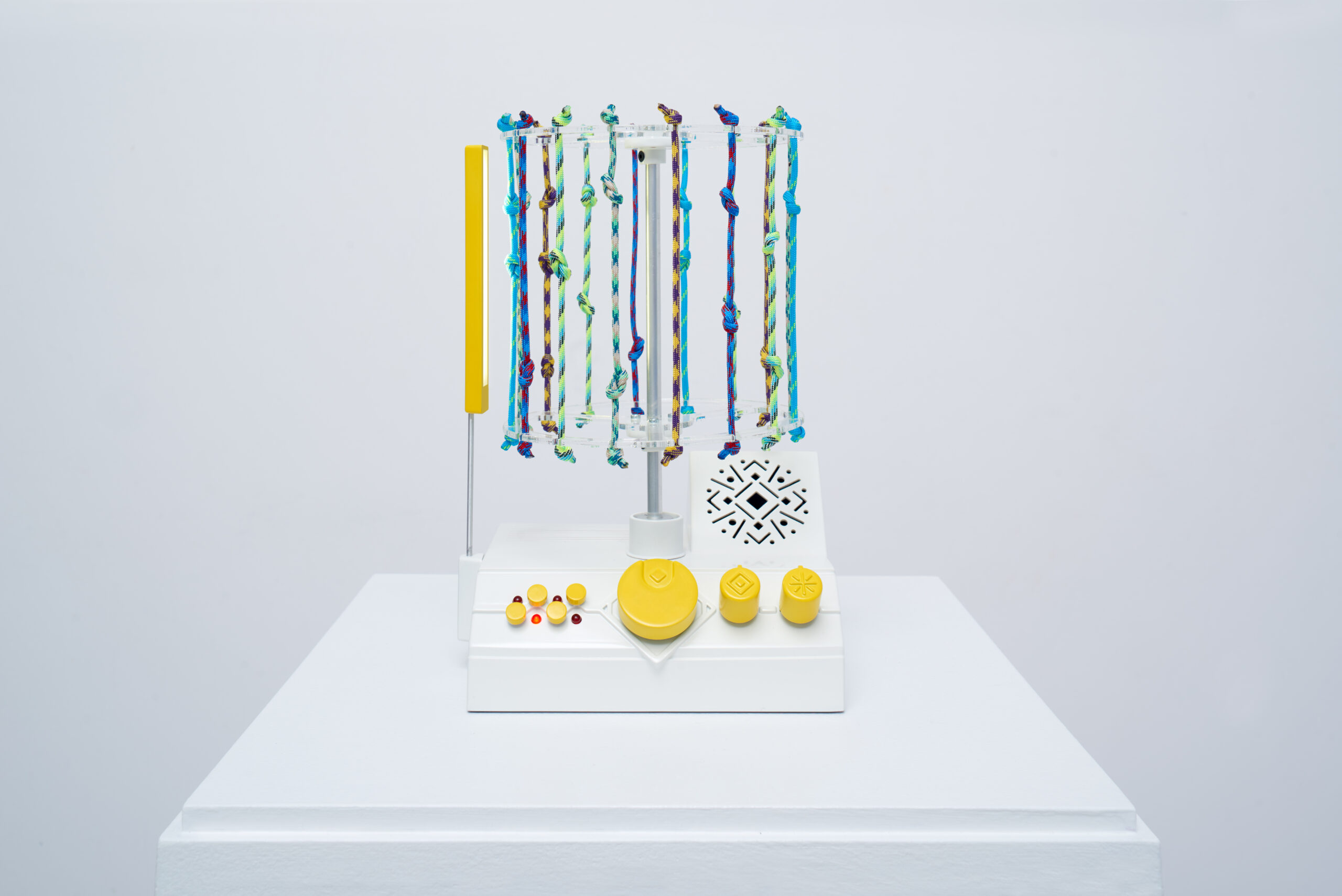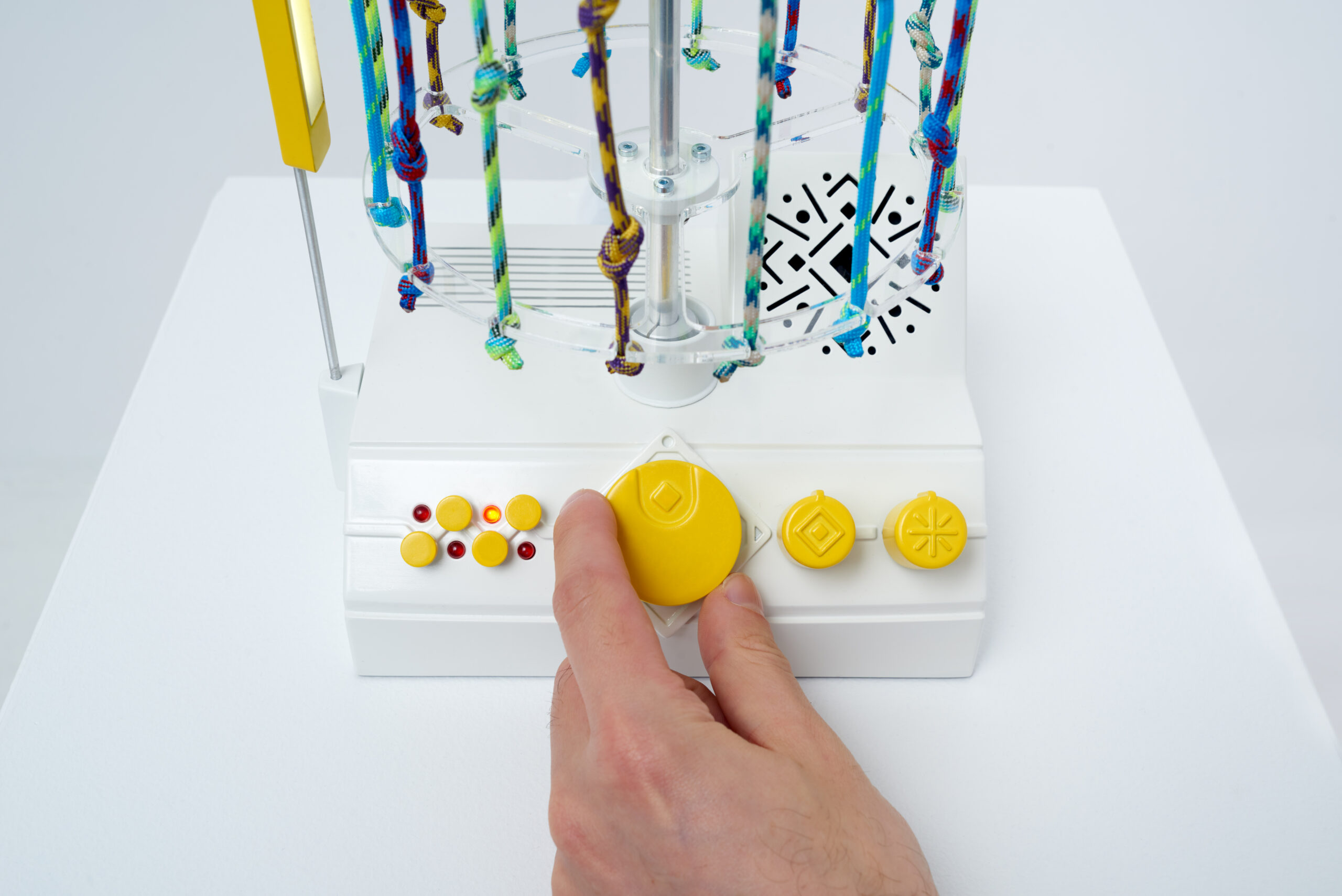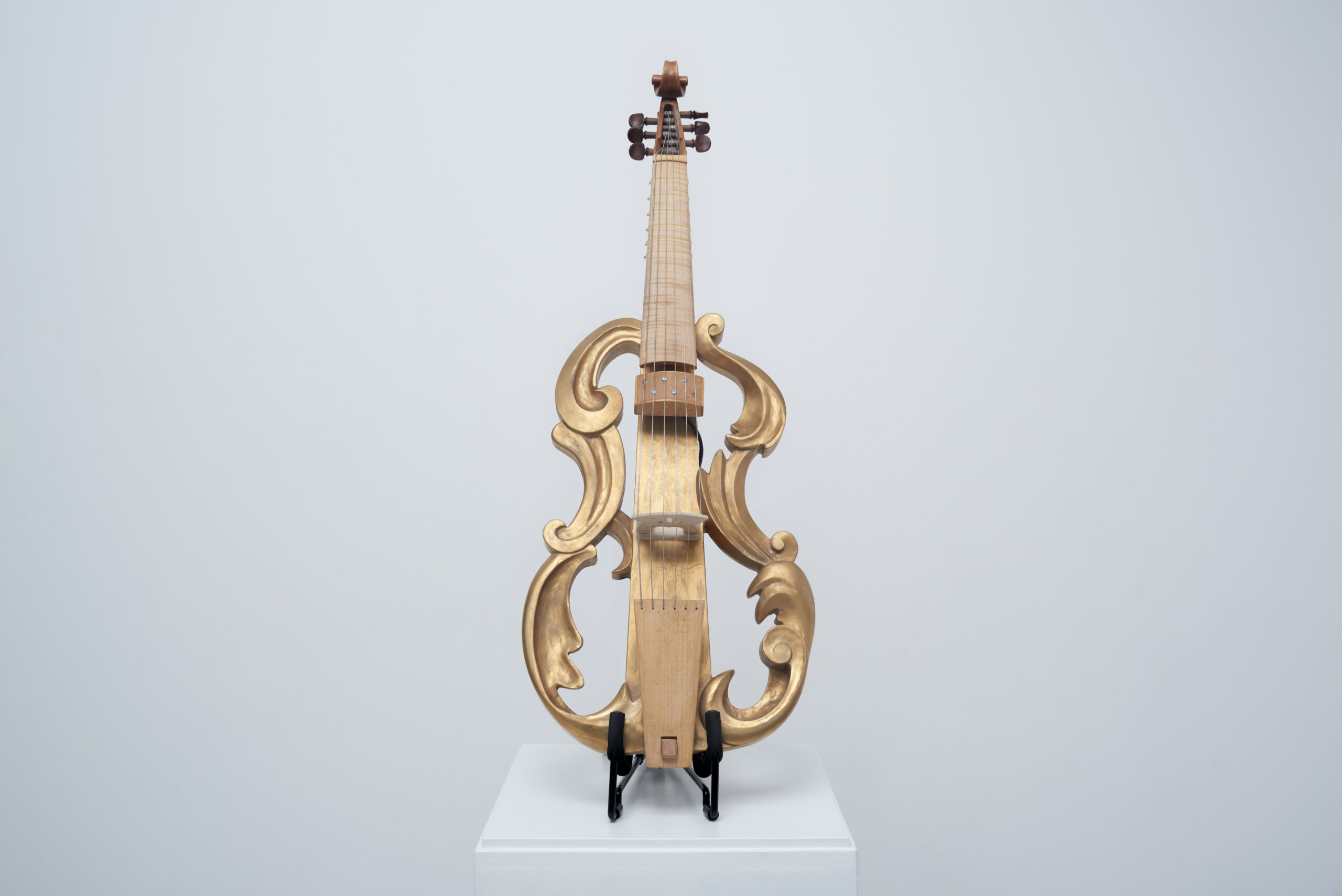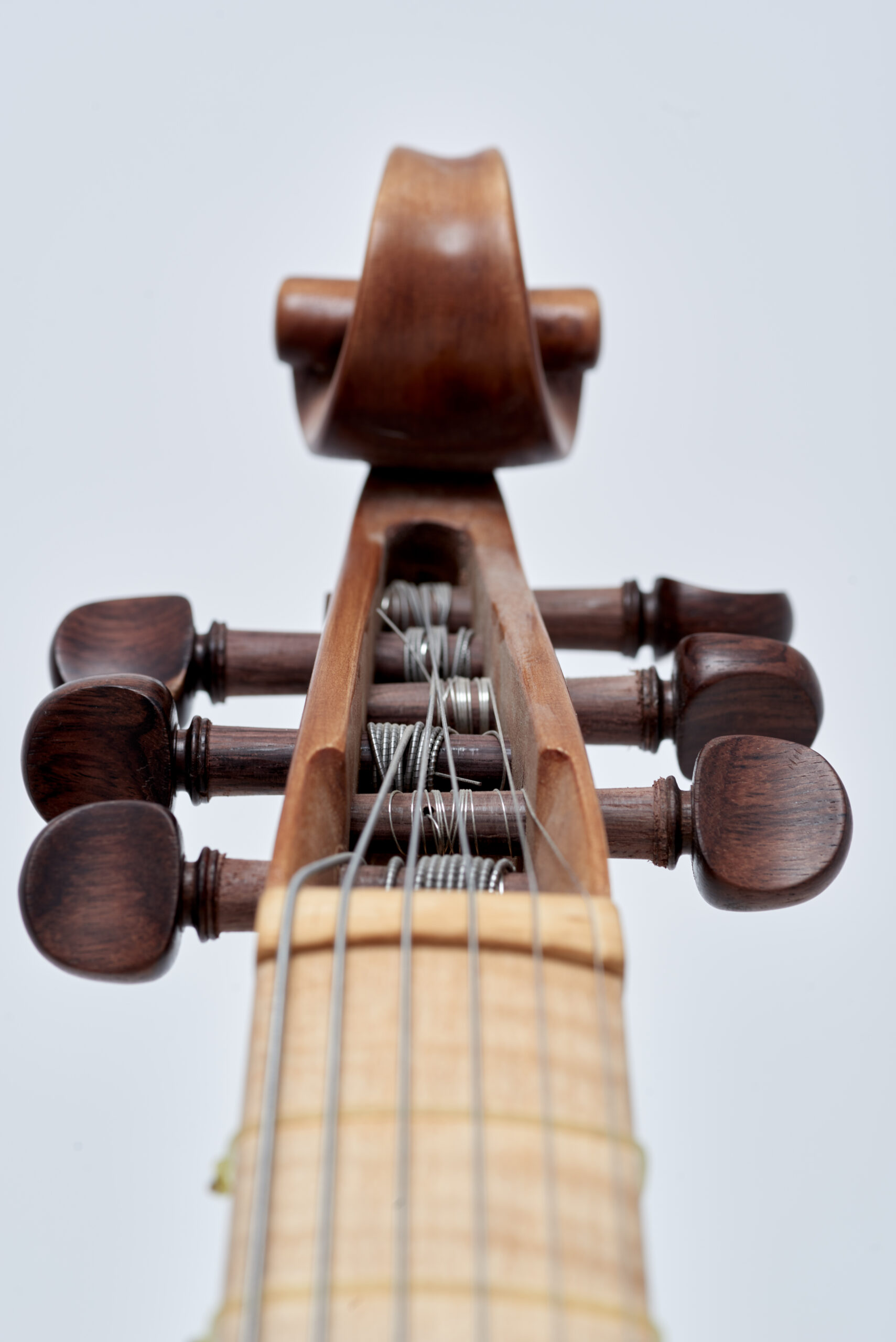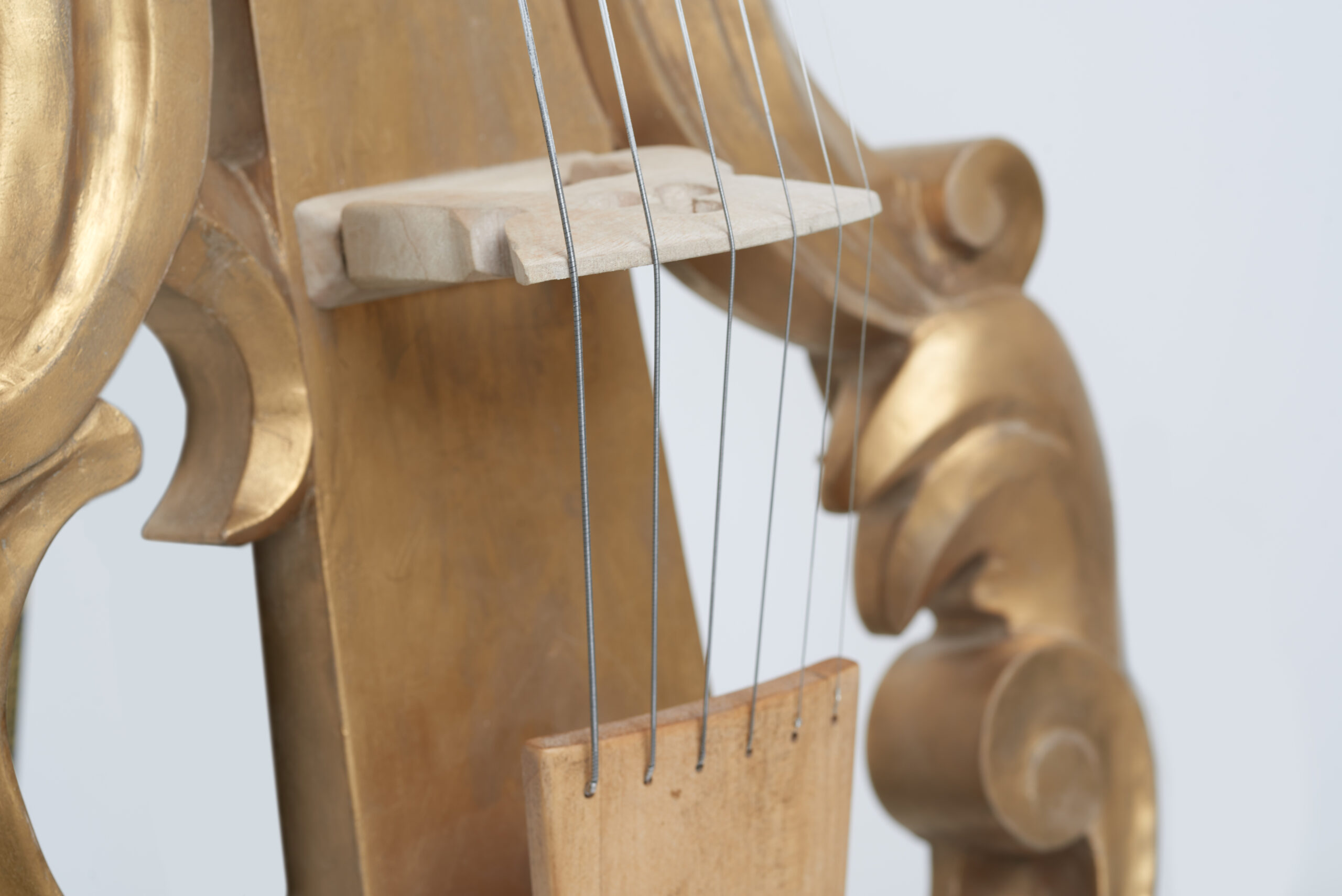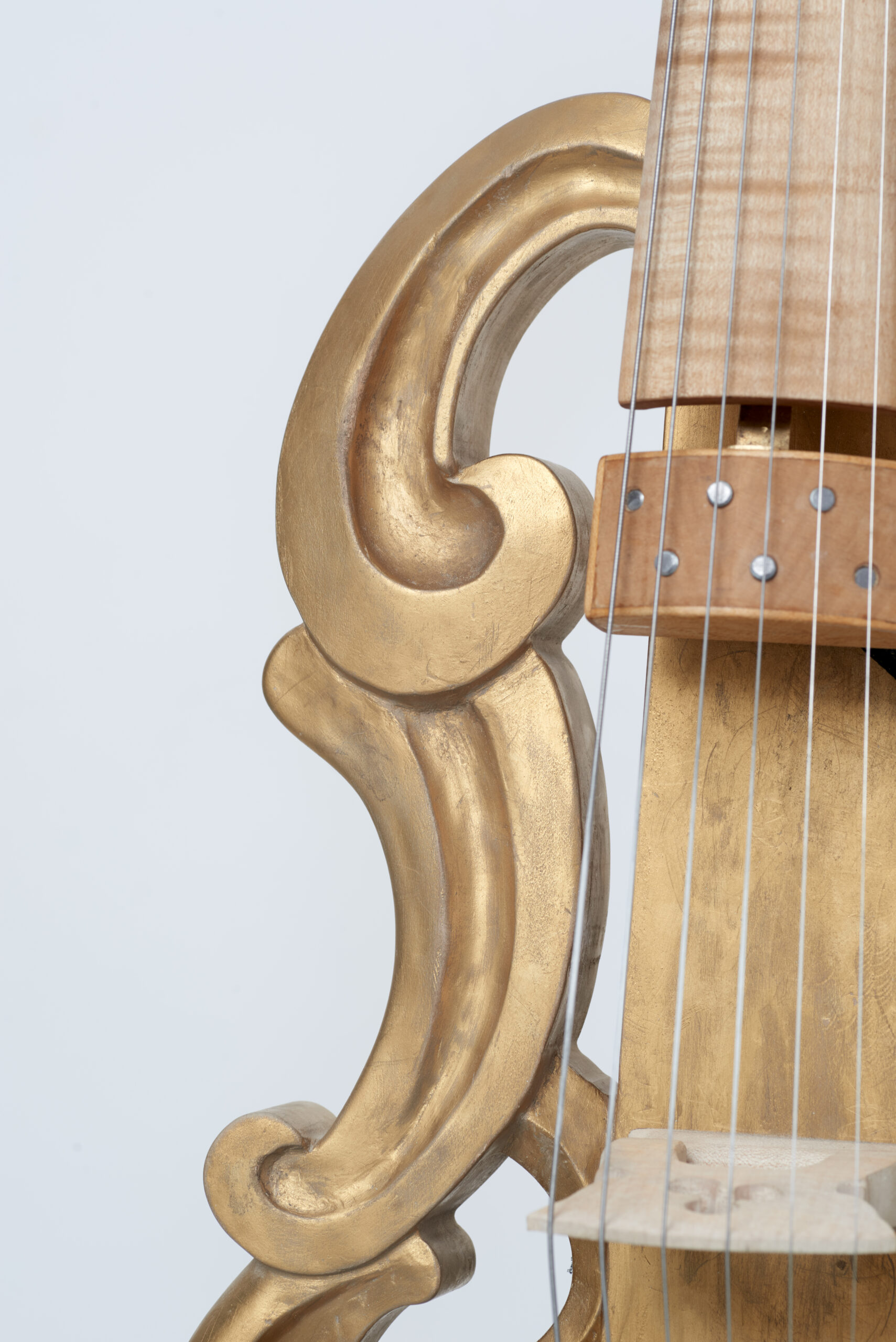An exhibition created as part of the 6th International Festival
of Central and Eastern European Music Eufonie.
If we adopt an evolutionary perspective in the context of music’s development, we can quickly conclude that—just as the current state of the biosphere is largely just one of an infinite number of variants, and the living organisms composing it are by no means the ultimate and only possible forms—so too are current musical conventions merely products of chance and do not represent the culmination of this cultural segment’s development process. This conclusion is as obvious as it is far from the intuitive and common understanding of cultural development, where a hierarchical narrative still dominates, often imbued with Eurocentrism, colonialism, and inevitably anthropocentrism. In this narrative, earlier forms are often considered inherently inferior or more primitive, and we regard the cultural status quo as the optimal and only logical outcome of all historical processes leading to it.
The same applies to musical instruments, which determine not only the sound but also the performance possibilities. Those we perceive today as “normal,” “default”—violin, piano, trumpet—did not appear overnight in their current, mature forms. Moreover, this form is not the only possible and most perfect one—the arrangement of keys or valves was influenced by numerous factors. Some elements of modern instruments arose from arbitrary decisions, others were the result of fortunate accidents, and still others were choices among several potential development paths. We can imagine that different circumstances—cultural, technological, geopolitical—could have significantly influenced the development of instruments, so they would look completely different today, and perhaps some of those known to us now might not have had the chance to develop, losing in a truly Darwinian struggle for survival.
Within the exhibition, we propose a thought experiment in which we go back to earlier, and in one case even prehistoric, periods of music, deriving speculative scenarios that describe alternative development paths of both instruments and the music created with them. Based on three hypothetical events of fundamental significance, thereby changing the course of human development, we propose three alternative visions of music’s evolution, manifested in the form of physical artifacts presented in the exhibition space.
—-
The exhibition was created in cooperation with the National Centre for Culture.
Co-financed from the funds of the Ministry of Culture and National Heritage

